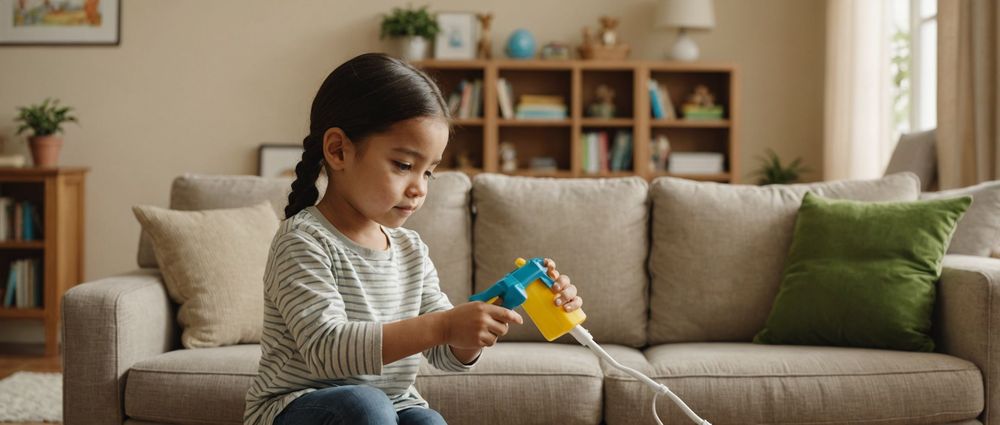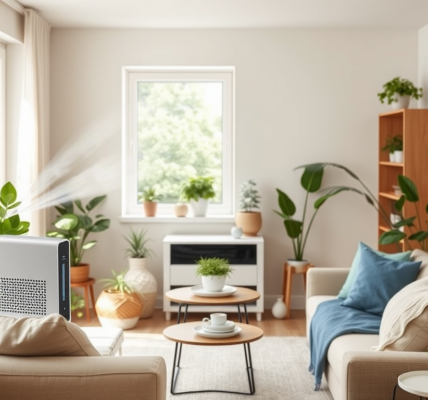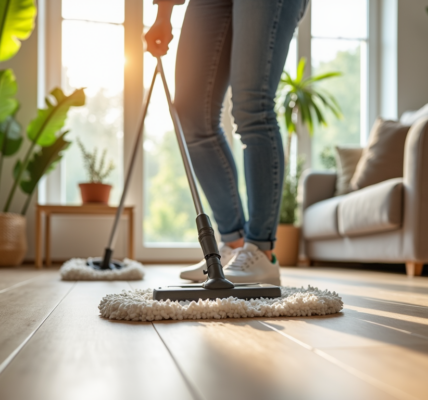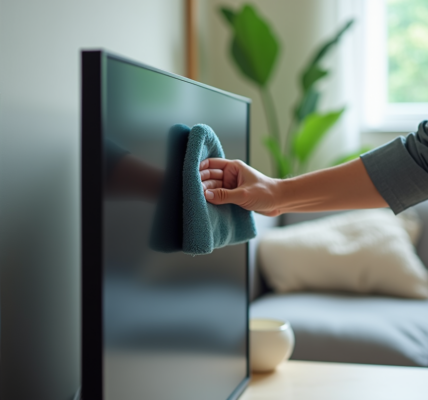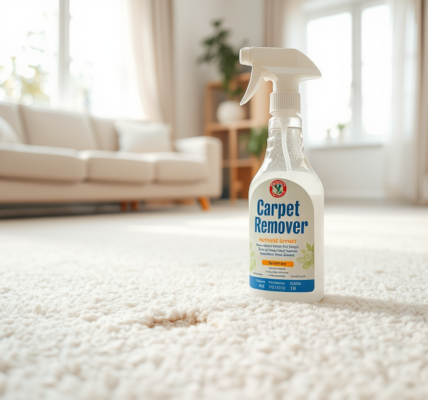Keeping your home germ-free is crucial for your family’s health, and cleaning experts have some effective strategies to help you achieve this. From understanding where germs lurk to utilizing the right cleaning products, ensuring your living space is sanitized requires knowledge and diligence. This article will explore expert-recommended practices for germ elimination, addressing common areas of concern, the best products to use, and effective cleaning techniques to help you maintain a hygienic environment.
Identifying Germ-Prone Areas
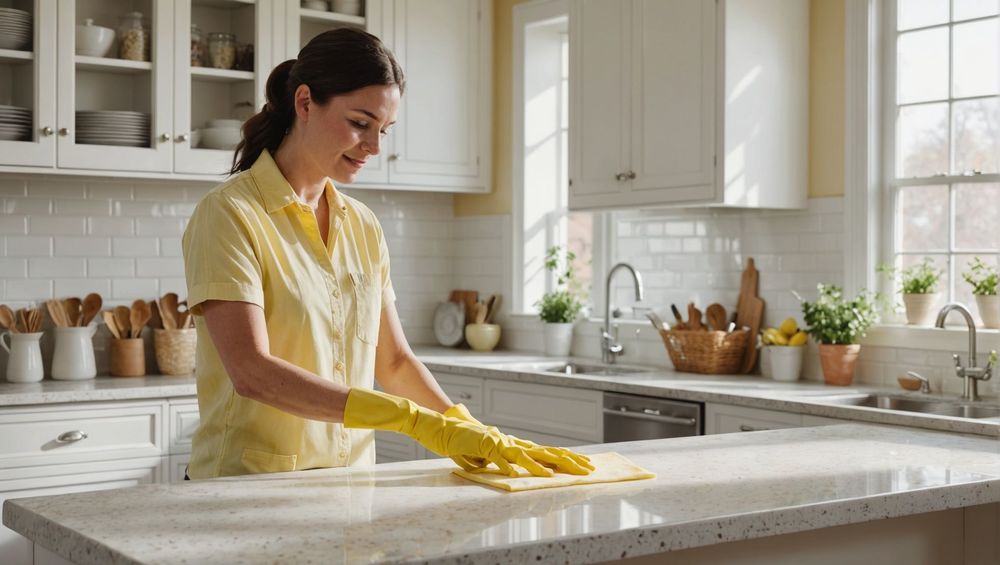
The first step in killing germs in your home is to identify the areas that are most susceptible to germ accumulation. Cleaning experts highlight that certain spots are hotspots for bacteria and viruses, and targeting these areas will optimize your cleaning efforts. Here are some common germ-prone areas:
- Kitchen Sink: The place where food preparation occurs is often teeming with bacteria.
- Bathroom Fixtures: Faucets, flush handles, and toilet seats are high-risk areas for germs.
- Light Switches: These are frequently touched and often neglected during cleaning.
- Doorknobs and Handles: Constantly being opened and closed, they can harbor various pathogens.
- Remote Controls and Electronic Devices: High-touch surfaces that can accumulate germs quickly.
By pinpointing these germ-prone areas, you can prioritize your cleaning efforts and ensure you are targeting the spots that need the most attention.
Choosing the Right Cleaning Products
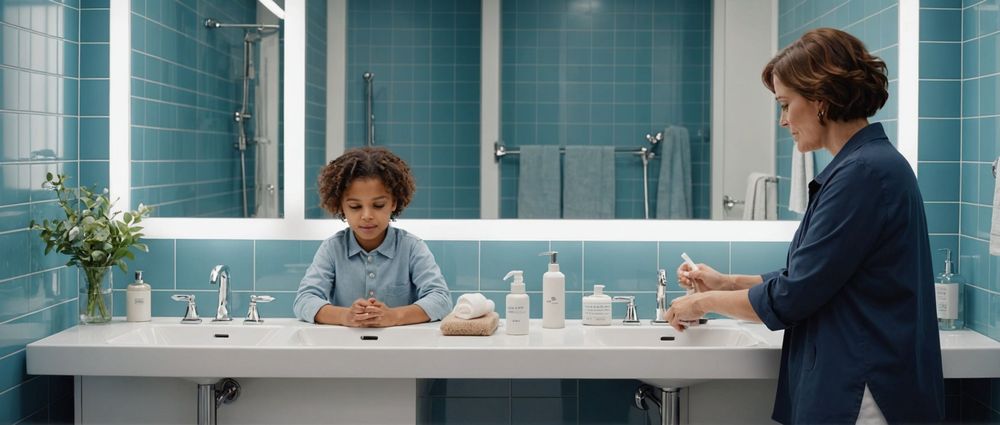
Selecting appropriate cleaning products is paramount in the fight against germs. Not all cleaners are created equal; some are specifically designed to combat bacteria and viruses. Here’s a list of essential cleaning products that experts recommend for effectively killing germs:
- Disinfectant Wipes: Convenient for quick clean-ups and germ-killing on hard surfaces.
- Bleach Solutions: Powerful against bacteria when diluted properly with water.
- Antimicrobial Sprays: Target and eliminate germs on both hard and soft surfaces.
- Soap and Water: A simple yet effective method for removing dirt and most germs.
- Alcohol-Based Hand Sanitizer: Essential for personal use to prevent the spread of germs.
Using these products will not only help in killing germs but also in maintaining a clean and healthy living space. Always remember to read labels and follow instructions for the best results.
Effective Cleaning Techniques
Now that you have identified germ-prone areas and selected the right products, applying effective cleaning techniques is key to killing germs. Here are some best practices recommended by cleaning experts:
- Start by Dusting: Dust can harbor germs, so dust surfaces before using disinfectants.
- Use Microfiber Cloths: These are more effective at trapping germs than standard cloths.
- Implement a Systematic Approach: Clean high areas first, working your way down to prevent re-contamination.
- Allow Disinfectants to Sit: For effective germ-killing, allow disinfectants to remain on surfaces for several minutes before wiping off.
- Frequent Cleaning: Make it a habit to clean high-touch areas daily to reduce germ buildup.
Incorporating these techniques into your cleaning routine will exponentially increase your chances of creating a germ-free home environment.
Maintaining a Germ-Free Home
Once you have established a cleaning routine, maintaining a germ-free home becomes an ongoing task. Here are some strategies to ensure your efforts yield long-term results:
- Encourage Hand Hygiene: Regular handwashing is essential in reducing the spread of germs throughout your home.
- Keep Cleaning Supplies Accessible: This encourages everyone in the household to clean up promptly.
- Establish a Cleaning Schedule: Dedicate specific days for deep cleaning various areas of your home.
- Limit Clutter: Reducing unnecessary items helps in maintaining cleanliness and reducing hiding places for germs.
- Use an Air Purifier: This can help filter out allergens and germs from the air, contributing to overall home hygiene.
By embedding these maintenance strategies into your lifestyle, you’ll be better equipped to keep germs at bay consistently.
Conclusion
In summary, effectively killing germs in your home requires a multifaceted approach involving the identification of germ-prone areas, utilizing the right cleaning products, and employing effective cleaning techniques. Moreover, maintaining a consistent routine is key to ensuring that your home remains a safe sanctuary for you and your family. By taking proactive steps, you can drastically reduce the risk of germs spreading throughout your home, leading to a healthier living environment overall.
FAQs
1. How often should I disinfect my home?
It is recommended to disinfect high-touch surfaces daily, while deeper cleaning can be done weekly or biweekly, depending on household activity and foot traffic.
2. Can I use vinegar to kill germs?
Vinegar is a natural disinfectant but is not effective against all types of germs. It can help with minor cleaning, but consider using a commercial disinfectant for tougher jobs.
3. Are there any natural alternatives to commercial disinfectants?
Yes, options like hydrogen peroxide, rubbing alcohol, and tea tree oil can be used as natural disinfectants, but it’s crucial to use them properly to ensure effectiveness.
4. How can I keep my kitchen sink germ-free?
Regularly clean it with a disinfectant, avoid leaving dirty dishes in the sink, and rinse after use, ensuring that food particles do not linger.
5. What’s the best way to clean electronic devices?
Use disinfectant wipes that are safe for electronics or microfiber cloths dampened with a mild disinfectant solution, ensuring that moisture does not seep into the device.
